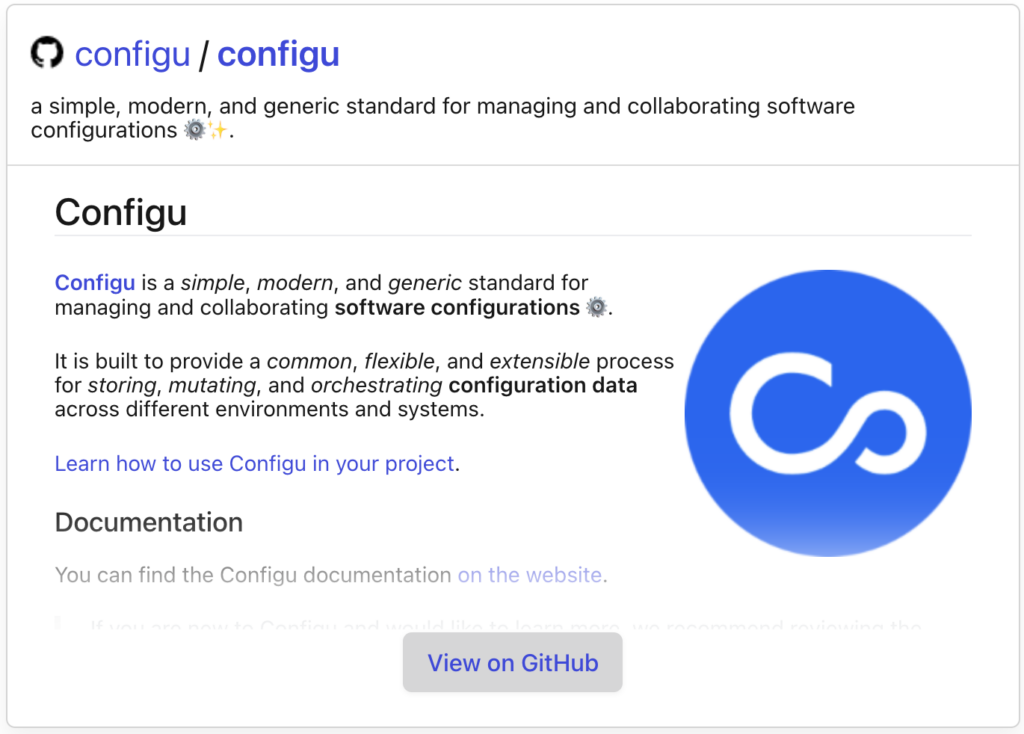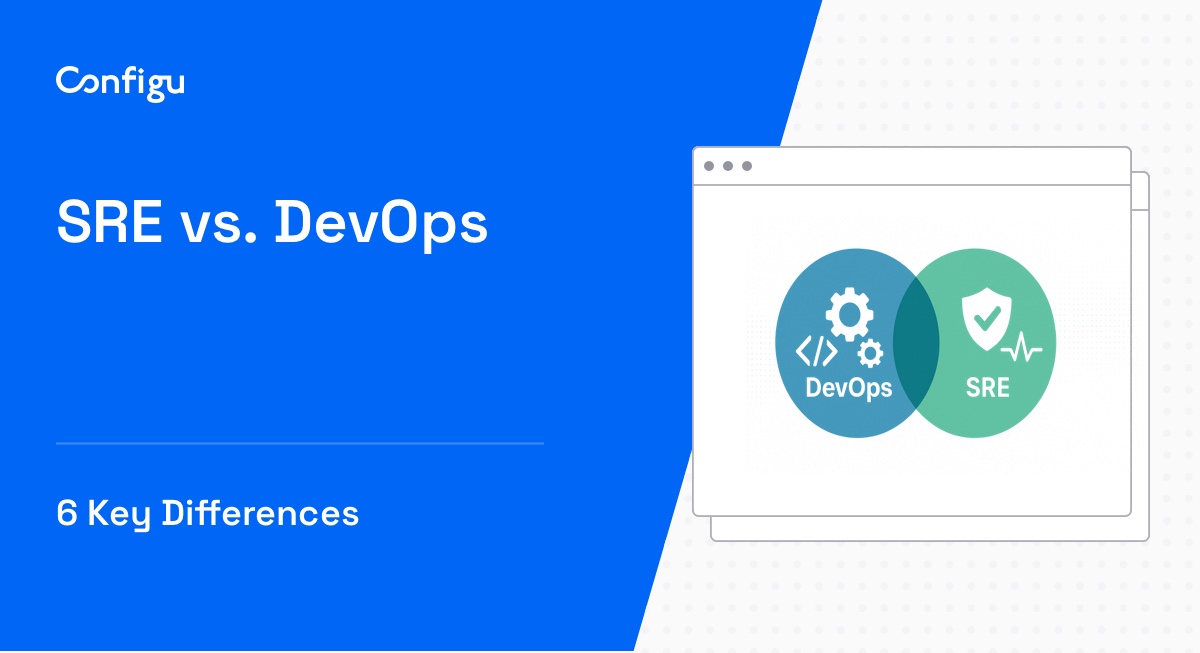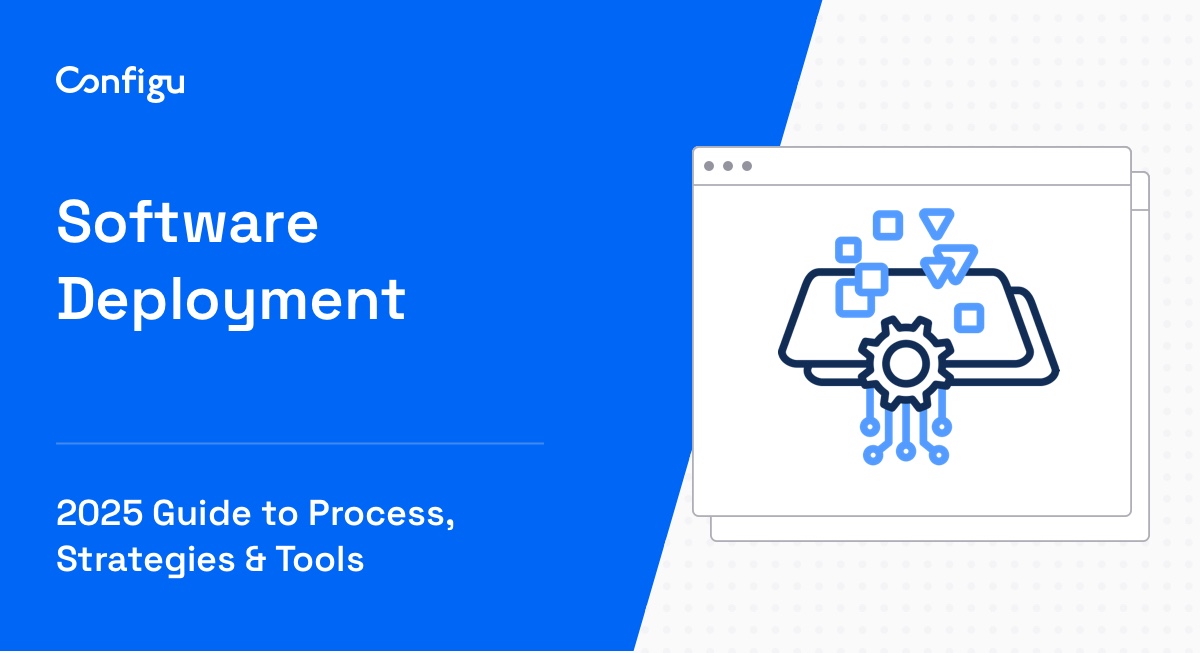Welcome to the world of Configuration-as-Code (CaC), where automation reigns supreme, and even the most tedious tasks can be transformed into a coding extravaganza. In this post, we’ll dive into the fascinating realm of “as-code” buzzwords, take a brief journey through the evolution of automation, and explore how CaC revolutionizes application configuration. So buckle up and get ready for a tech adventure!
In this article:
The Birth of “As-Code” Buzzwords
Picture this: developers and IT operations/sysadmins joining forces, uniting their powers to conquer the land of automation. It all started with the DevOps movement and the emergence of “infrastructure-as-code”. Devs and sysadmins realized that reusable code and version control could automate environment modifications. While developers had already been automating their software delivery processes, sysadmins were catching up. It was like a race to the automation finish line, where developers cheered on the sysadmins to join the party and make everyone’s lives easier.
Everything-as-Code: Mapping the Automation Frontier
Now let’s take a moment to marvel at the wonders of automation in the software development lifecycle (SDLC). From development to production, there’s a parade of “*-as-code” automation marching through the stages. It’s like a grand carnival, where automation floats dazzle the onlookers with their charm and efficiency. But amidst this spectacle, we wonder: are there areas left unexplored? Are there opportunities for novel automation? Let’s unravel the secrets and find out where “everything-as-code” resides.
For further exploration, I highly recommend diving into a fascinating blog post by Patrick Debois, the visionary who coined the term “DevOps.” In his blog, he delves into an in-depth analysis of trends across over 50 different “as code” concepts. Prepare to expand your knowledge and uncover valuable insights that will fuel your automation journey.
Unveiling Application Configuration
Ah, application configuration! It’s the chameleon of software deployment, adapting to various environments like a master of disguise. An app’s configuration encompasses everything that varies between deployments: resource handles, credentials to external services, and per-deploy values. It’s a crucial part of the software puzzle, ensuring the application behaves consistently across different settings.

Enter Configuration-as-Code (CaC)
Ladies and gentlemen, meet the concept of Configuration-as-Code (CaC), the star of our adventure! Building upon the success of Infrastructure-as-Code (IaC), CaC takes the stage, treating application configuration as code. But what does CaC bring to the table, you ask? Well, hold on tight, because we’re about to embark on a whirlwind tour of its captivating features:
Consistency and Reproducibility:
With CaC, application configurations are declared and managed using code, ensuring consistency and reproducibility across different environments.
Versioning and Tracking:
CaC allows us to track changes made to application configurations over time. Just like in IaC, it can version, track, and even perform rollbacks if needed.
Automation and Efficiency:
Say goodbye to manual configuration headaches! CaC automates the process by replacing manual steps with code-based configurations. Faster and more efficient deployments are within reach!
Scalability and Agility:
Like a master acrobat, CaC gracefully handles changing requirements. It offers the flexibility to adjust and scale configurations, ensuring the application keeps up with the ever-evolving demands of the audience.
Collaboration and Teamwork:
CaC fosters a harmonious symphony of collaboration among developers, operations teams, and stakeholders. With the power of code, they can work together, share knowledge, and align their efforts to create a breathtaking software masterpiece.
Auditability and Security:
Just like IaC, CaC keeps security buffs satisfied. Changes made to configuration code can be reviewed, audited, and enforced. Compliance and security practices can rest easy knowing that the configurations are in good hands.
Simplifies Configuration Management:
CaC brings order to the configuration chaos by treating configurations as code. It provides a structured approach, making it easier to understand, modify, and evolve configurations over time. Goodbye, tangled mess of manual configurations!
Eliminates Manual Errors:
CaC is the superhero that swoops in to rescue us from the clutches of human error. Code-based configurations reduce manual mistakes, resulting in more reliable and consistent application setups.
Enhances Efficiency and Productivity:
With CaC in your toolkit, efficiency and productivity reach new heights. It automates configuration processes, reduces manual efforts, and frees up valuable time for teams to focus on delivering top-notch applications and achieving business goals.
Introducing Configu: an OSS Implementation of CaC for Application Configuration
Based on the incredible benefits of CaC, there’s an open-source project that makes the implementation even smoother. Allow us to introduce Configu! Configu is a simple, modern, and generic standard for managing and collaborating software configurations. It is built to provide a common, flexible, and extensible process for storing, mutating, and orchestrating configuration data across different environments and systems. With Configu, you can leverage the power of CaC and ensure streamlined and efficient configuration management for your applications. You can see how our team implemented it in this GitHub repo.

Conclusion
And there you have it, folks! Configuration-as-Code (CaC) takes the stage, uniting the powers of automation and code to revolutionize application configuration. It brings consistency, scalability, collaboration, and security to the world of configurations. Say goodbye to manual headaches, configuration chaos, and tedious setups. Embrace CaC, along with the Configu Orchestrator, and join the grand symphony of automation in the software development journey.
So let the code be with you, and may your configurations always be harmonious and error-free!
Thank you for joining us on this tech adventure. Until next time, happy coding!
Want to learn more? Read part two in this series: Unleashing the Power of Configuration-as-Code.



